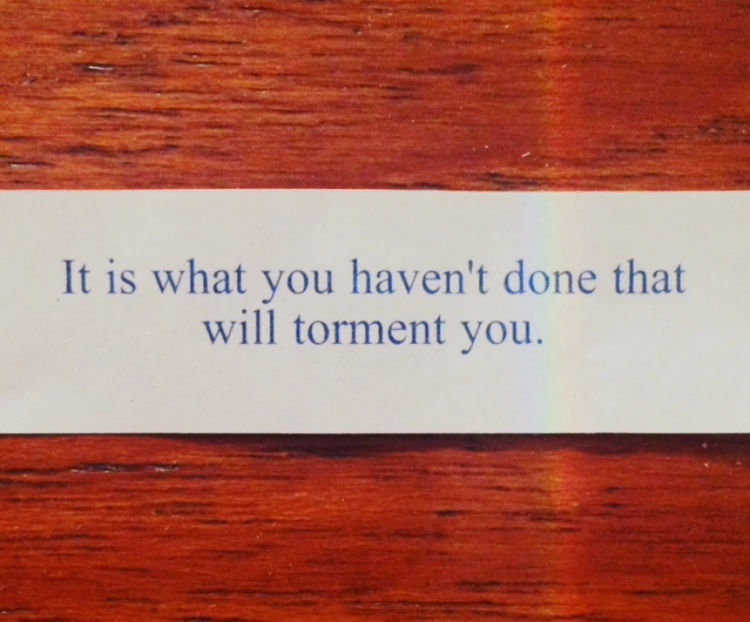RoY week 7: Follow Your Nose
- Gabriella Garcia

- Mar 25, 2019
- 4 min read
I have such a keen nose that when I hug someone, I can't help but notice the scents that they come with. The sensorial experience is unintentional, but I can't help but wonder if smell is innately part of our greeting system... despite the categorization of "recognizing & reporting each other's smells" as weird at best and creepily invasive at worst. But unlike my eyes or mouth, I cannot shut my nose. And unlike my hands, I cannot exactly keep my nose to myself (though I do generally keep its findings confidential).
Perhaps a hug serves as an intuitive smell test. Perhaps we're more like dogs than we'd ever want to believe.
I love the way you smell
A few weeks back, classmate Jenny Lim presented some self-experimentation projects that correlated smell with pupil dilation and heartbeat. Her experiments were triggered by her awareness of historically consistent attraction to the way her partners have smelled, and wanting to explore the connection between smell and arousal state (as can be measured by heart rate and pupil dilation). I relate completely, and a quick google search about lovers' scent traces on pillows and t-shirts puts us firmly in camp "normal" (though the public was quick to be disturbed by Jeff Bezos' "I want to smell you" sext[?], perhaps it's more because they thought him incapable of human interaction?).
It reminded me of an experiment called Smell.Dating executed by Tega Brain and Sam Lavigne at ITP in 2016, which proposed pheromone-based matchmaking and now lives as a traveling art exhibition.

Calling it the "First Mail Odor Dating Service," the experiment exchanged t-shirts which were worn for three consecutive days by participants and asked the participants to rate their attraction to other participants based on a sniff of the shirt alone. The shirt had to be worn without deodorant or other artificial fragrances, which would inhibit the pheromone scent. They had no other information on which to make their decisions, and were blind to the other participants' gender, orientation, age, race, or other identifying demographic information. I was excited to tell Jenny that maybe the nose could find true love after all!
Spring is here at ITP
Perhaps inspired by the envy that I didn't get to participate in the first round of the Smell.Dating experiment (I did in fact try), I offered to collaborate with Jenny on something similar for our final RoY assignment. It was sort of a relief to expand my explorations of the unconscious outward and away from myself, though still informed by my "intuitive navigation" experience.
We started by reaching out to Tega Brain, who gave us some insights from her own experiment and background of some of the research she did. It turns out that human pheromone and olfactory experiences are still fairly large mysteries in the empirical science world, which, Tega noted, is refreshing, as it challenges empirical science to consider that some parts of the human experience simply may not be quantifiable or objectifiable in the lab. We learned from her that t-shirts have been consistently used in pheromone research, hence their choice for Smell.Dating.
With her knowledge and support, we are in the process of replicating that experiment here at ITP, by offering blind matchmaking services just in time for the annual spring party.
We invited our classmates to participate by filling out a survey and collected seventeen hopeful candidates. We bargained on the fact that the "date" is already set up, and that the party is truly neutral territory as any resultant matches would be among classmates anyway with no obligation to treat it as a unique romantic affair. We bought the respective t-shirts—we went with black as it would hide three consecutive days of wear better—and coordinated with our participants via blind email:

Next Steps
Our participants dispersed with their t-shirts over spring break, which was beneficial to the experiment since there would be slimmer chance of being noticed for wearing the same shirt three days in a row. This week we are collecting the shirts toward sampling and redistribution, with surveys to collect feedback.
Connecting matches for the party is obviously our first priority objective, and we'll certainly update on results! But we feel that we can potentially take the experiment further and are sitting down this week to figure out where to go. In our conversation with Tega, she mentioned how language is a huge missing component in the realm of the olfactory... that words of smell in different languages can't necessarily translate. And it's true that even in english we use other sense adjectives to describe smell, or just the noun of the thing we're smelling ("smells ripe," "smells like cigarettes," but there is no word for "the smell of cigarette smoke"). I think there is room to look at ML analysis/classification/imaging here.
There are artists like Ziemba, who uses fragrance to create hyper-sensorial communal environment at her electronic music shows, Sissel Tolaas, who has used scent to study the performance of strangers around her, or Ani Liu, who created olfactory memory capsules of earth smells for astronauts... all who show the expanding frontiers of following your nose, as it certainly knows.



Comments